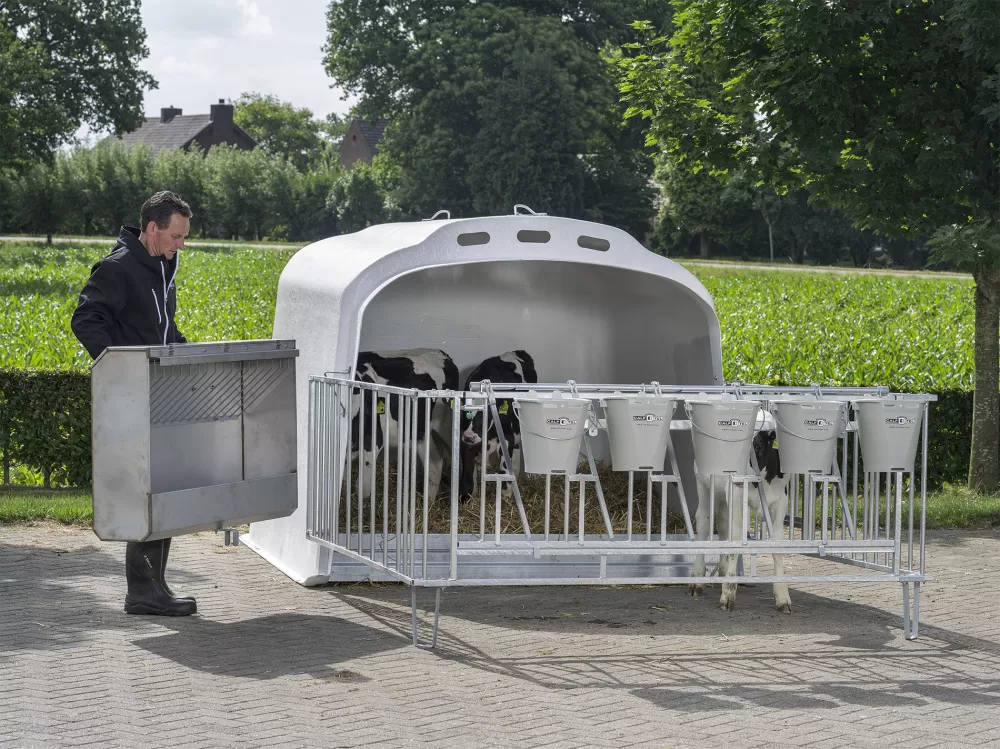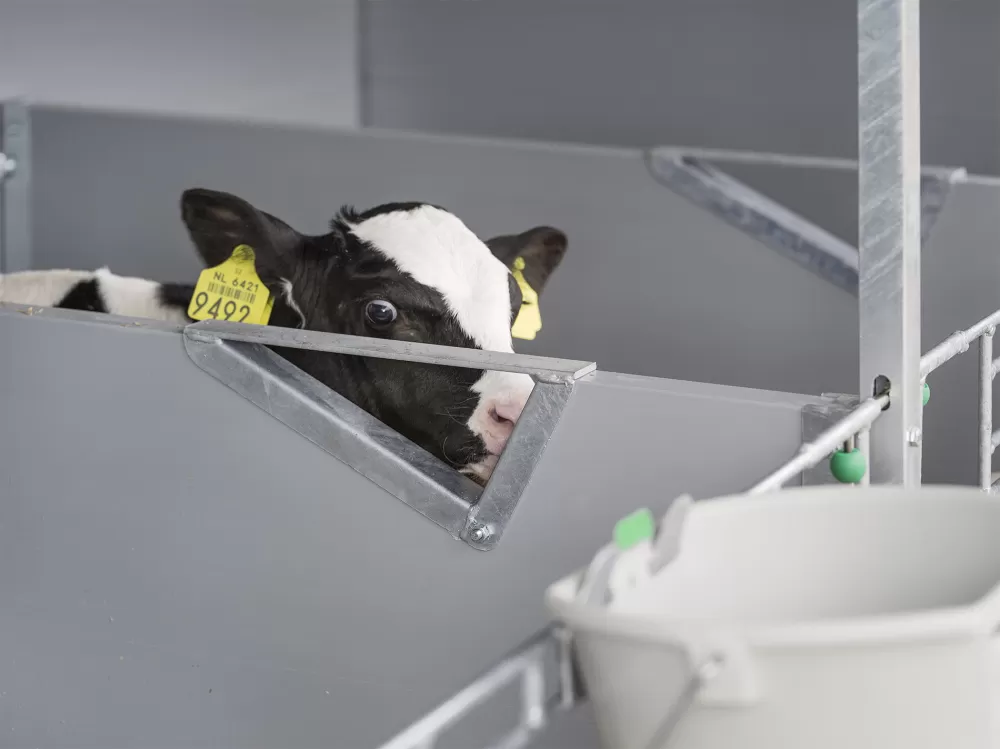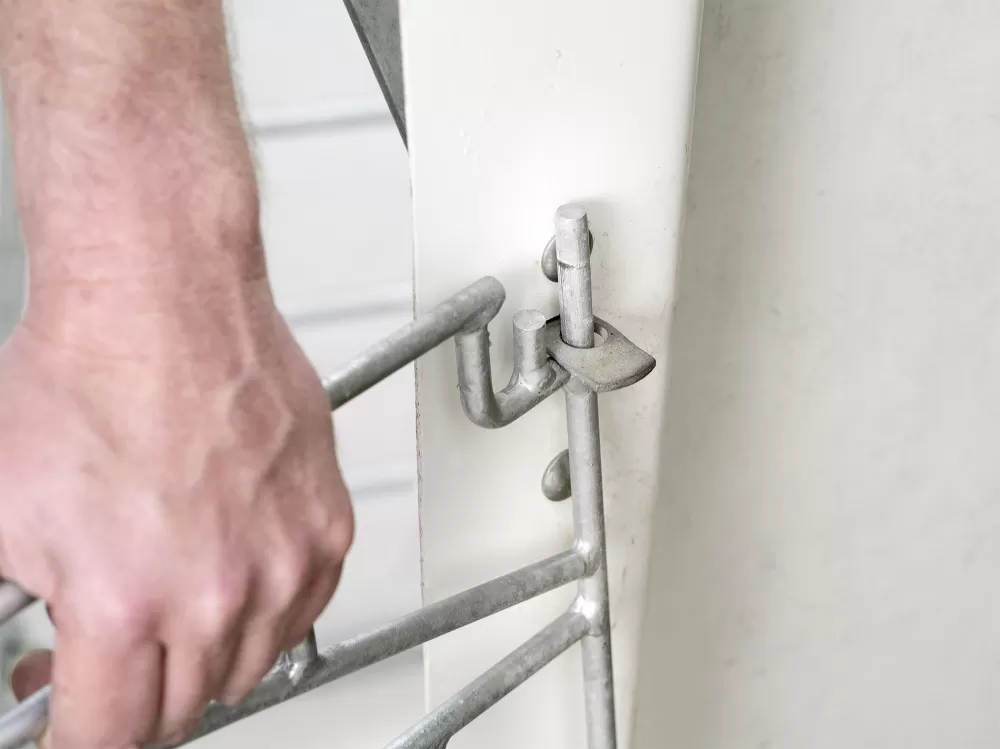Hygiene
Like us, a calf is continuously surrounded by microorganisms. Only a few microorganisms are truly 'pathogenic' and are capable of causing diseases. In order to keep these pathogens away from the newborn calf (which is yet to develop any immunity), we aim to ensure the highest possible standards of hygiene.
The CalfOTel® calf hutches are made from smooth material and are easy to clean. Research has also shown that CalfOTel® igloos are the most hygienic calf housing if the right cleaning agents and techniques are used.

Prevention is better than cure
The term ‘hygiene’ is derived from the name of the Greek goddess of health, Hygieia. In the broadest sense, it refers to preventative measures to prevent disease on the one hand and to maintain or improve animal welfare and their condition on the other. Like us, a calf is continuously surrounded by microorganisms. Only a few microorganisms are truly 'pathogenic' and are capable of causing diseases. In order to keep these pathogens away from the newborn calf (which is yet to develop any immunity), we aim to ensure the highest possible standards of hygiene.
Microorganisms
There are three main groups of microorganisms: bacteria, fungal infections, and viruses. If you wish to house your calves in a truly clean environment, you should take account of a number of matters, including:
- Cleanability of housing and materials (weaning buckets, etc.)
- Cleaning techniques
- Cleaning agents
- Environment (flooring, proximity to other animals, etc.)
- Possibility of an ‘all-in, all-out’ model or relocation of housing
- Analysis techniques for measuring bacterial load


Establish a protocol
- Each calf must have its own feeding or weaning bucket. In light of this, all buckets and calf units must be numbered.
- After use, clean the feeding and weaning buckets with hot water and disinfect them. Leave them to drain on a rack.
- Avoid cross-contamination by ensuring the manure of older cattle and calves does not come into contact. Wear separate clothing and footwear when working with the calves. Ensure that there is an easy-to-use location for cleaning boots.
- Ensure that visitors wear farm overalls and boots.
- Do not allow any calf traders or transport operators to enter the yard. The calves must be presented to the trader or transport operator in a separate room, close to the entrance road to the farm.
Vet Niels Groot Nibbelink and work-placement student Alana conducted research into the cleanability of calf housing. Click here to view the results of this research.
